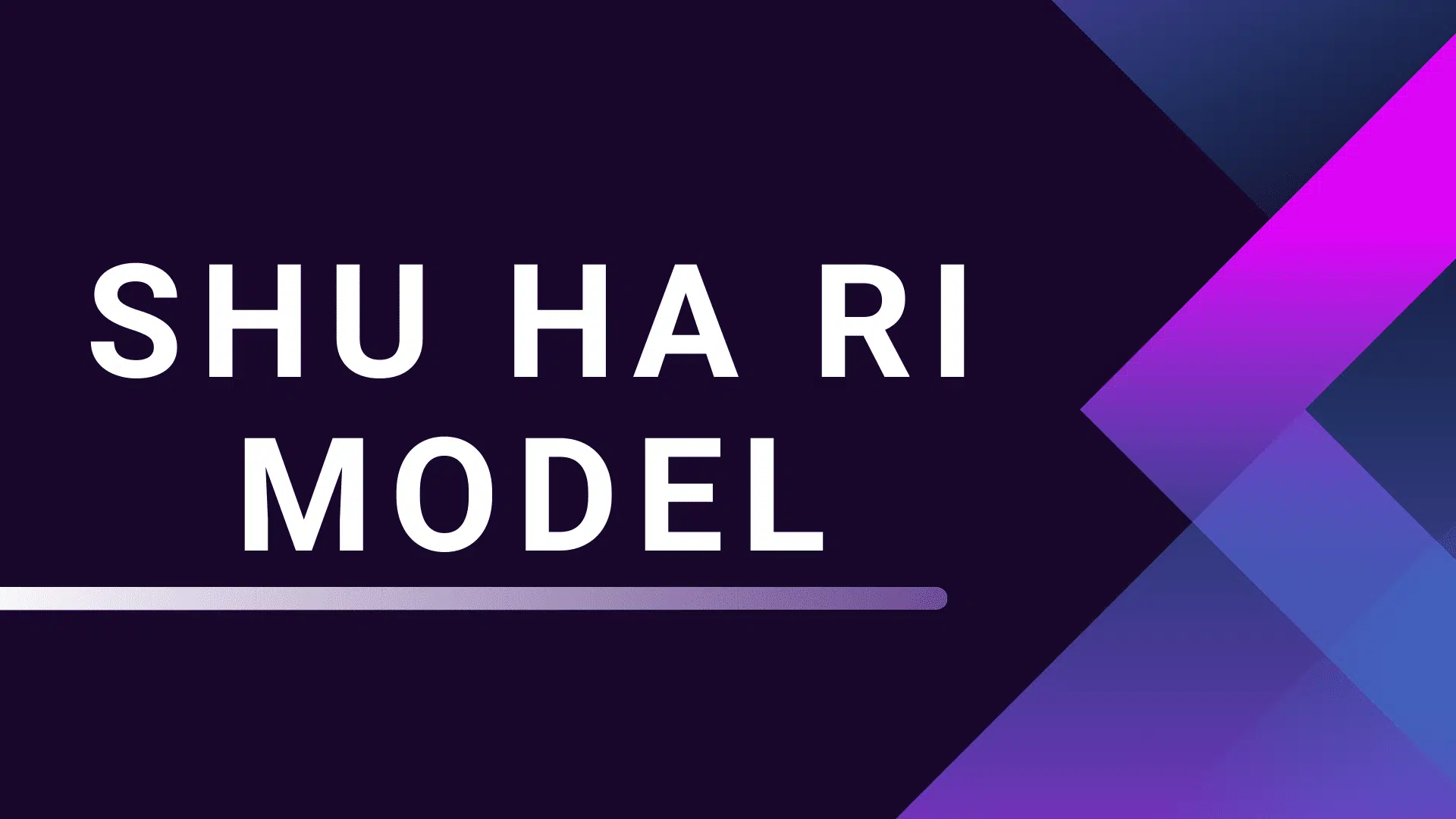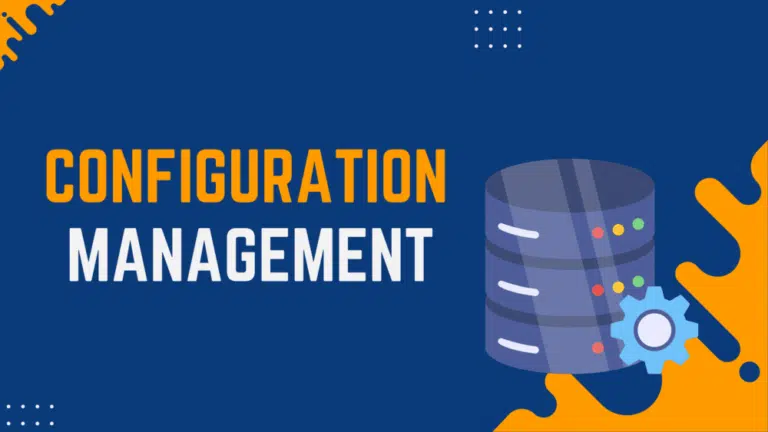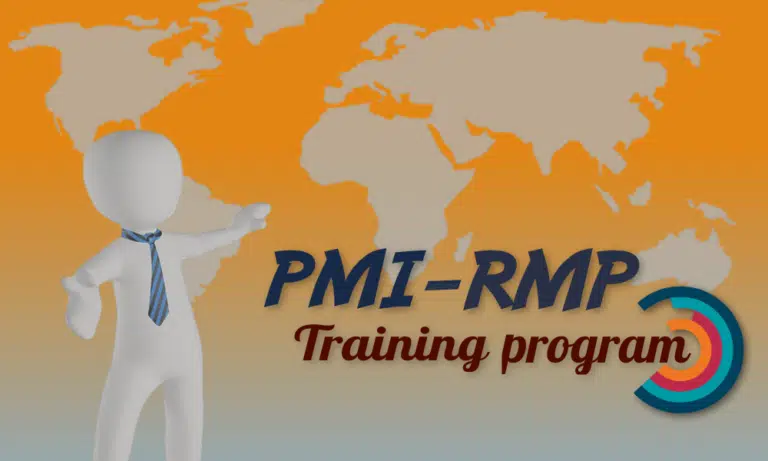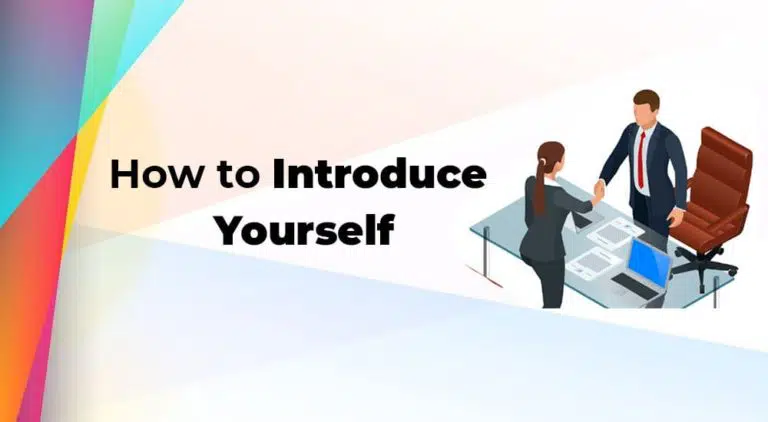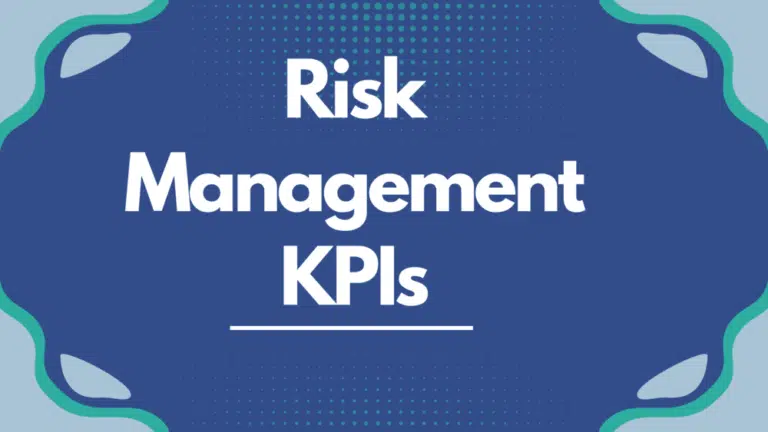Shu Ha Ri is a Japanese term used in the Japanese martial art, Aikido. It describes the stages of learning and mastery in a traditional Japanese way. The concept was popularized by Aikido master and teacher Seigo Yamaguchi.
This technique focuses on learning new skills incrementally. This learning method has become popular and is now used globally in adopting new methodologies, frameworks, and techniques.
Businesses use the Shu Ha Ri model in software development to adopt Agile processes and train their project-management teams.
Today’s blog post will discuss the Shu Ha Ri Model in detail.
What is the Shu Ha Ri Model?
Shu Ha Ri’s model says every learning process has three stages: Shu, Ha, and Ri. You can master a new skill by following the Shu Ha Ri learning model.
The meaning of Shu Ha Ri is Obey, Detach, and Go Beyond or Separate.
The Shu, Ha, and Ri in this model are as follows:
Shu (Obey)
In the first stage of Shu, you must follow the technique without any modification. If you are new to Agile processes, then you must follow best practices, which have been tested and proven to be useful over the years.
Ha (Detach)
After practicing the new skills during the Shu stage, you will understand the process and become fluent in using it without supervision or guidance.
Now that you have entered the Ha stage, you can break away from the established processes and procedures and customize them to suit your specific requirements and needs.
Ri (Go Beyond)
In the final Ri stage, you will master the skills and can then use the processes as you wish. In other words, you are now Agile experts. Now, your learning will come from your work and invention. It will no longer be based on doing (i.e., Shu) or observing (i.e., Ha) but instead on your reflection.
You will continue to improve and strive to perform better during this stage.
Reference: What is Shu Ha Ri?
How is Shu Ha Ri Useful in Adopting Agile Methodologies?
Agile experts have adopted Shu Ha Ri to implement Agile processes in software development and introduce Agile teaching to an organization.
The Agile Shu Ha Ri stages are as follows:
- Shu: Teaching
- Ha: Coaching
- Ri: Advising
In the first stage, Agile coaches teach Agile concepts to the project management team. When the team understands basic Agile processes, the coach will change their role from teaching to coaching to help team members develop and build a strong understanding of Agile processes.
When the team is fluent in Agile processes and no longer requires coaching, the Agile coach’s role will turn into that of an advisor. At this point, the team has completely adopted Agile methodologies.
Summary
Shu Ha Ri is a Japanese martial arts concept that outlines learning stages. In “Shu,” practitioners obey teachings faithfully. “Ha” marks a shift in which learners experiment with techniques. Finally, “Ri” signifies mastery, as individuals innovate beyond tradition.

I am Mohammad Fahad Usmani, B.E. PMP, PMI-RMP. I have been blogging on project management topics since 2011. To date, thousands of professionals have passed the PMP exam using my resources.

